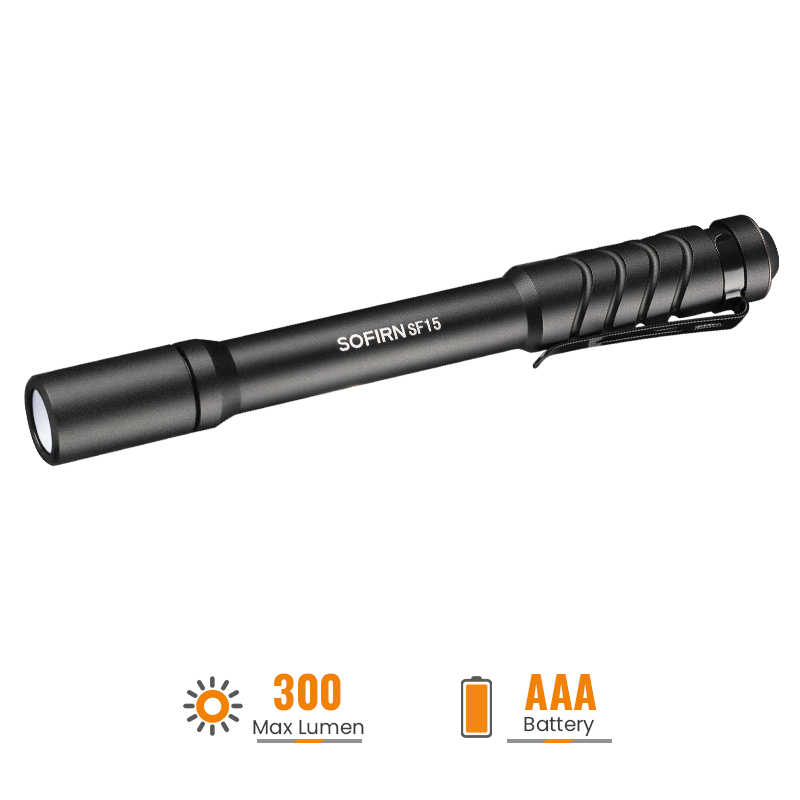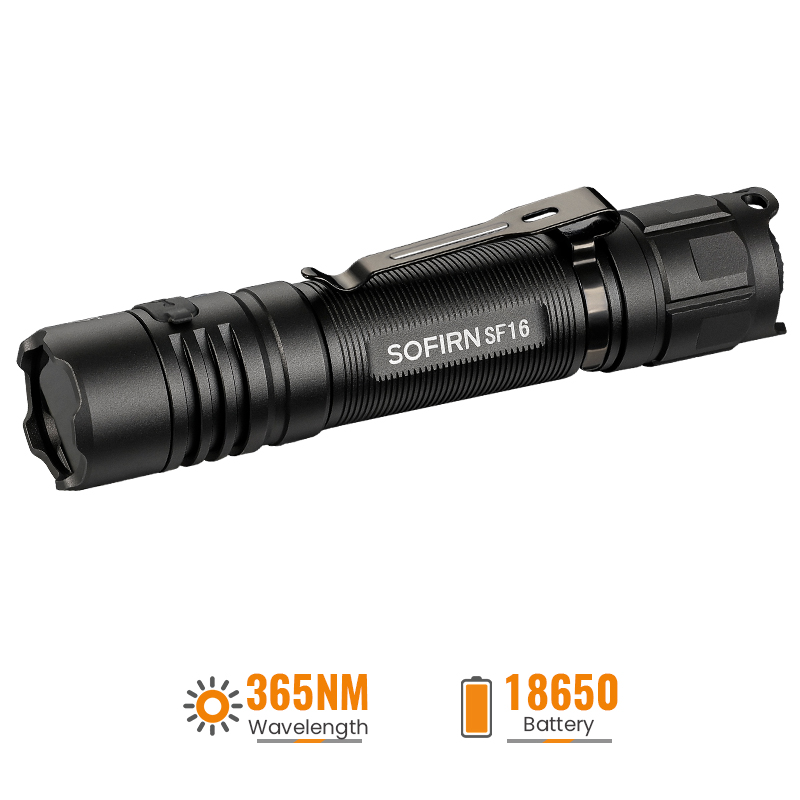By viewing the fluorescence through yellow glasses, you're increasing the visual contrast by filtering out any shorter wavelengths towards the blue end of the spectrum.
Very interesting! So the yellow glasses makes the brain think it sees things better UV by reducing the blue light which would otherwise partially "overwhelm" the UV, or the part of the spectrum that makes stains illuminate.
This also explains the difference between the Sofirn SF15 and SF16 I mentioned above. The SF16 has a UV-filter, which I assume works the same way as the yellow glasses.
I was certain a yellow lens somehow
added something to change the perception, but it's the other way: a yellow lens
removes something.
A new day, and new knowledge. Thank you very much.

I know so-called "gaming glasses" uses a yellow lens, which they say decreases fatigue by reducing the blue light exposure. I had no idea UV also contained this much blue light.
Makes sense though, considering 365 nm (UVA) is so close to blue light in the spectrum.
I got a pair of clear and yellow lens 3M SecureFit 3700 (SF3701SGAF and SF3703SGAF) on order to do some more testing.
"UV protection with good colour recognition. This product conforms to the requirements of the standard,
providing UV protection for the complete specified range (210nm – 365nm)"
Says they will block 99.9% of the UV spectrum, but I assume that only means protecting the eyes from the UV exposure, and not affect how the eyes sees things under UV, which is what I am after here.
Now I want a Fenix LD32 UVC even more, to see how stains would look under an even lower wavelength (254 nm).
----------------------
Another question then: how does the power (mW) of the UV LED work? Does a more powerful UV LED make stains glow more, or does it just produce more "useless" blue light?
If it's the latter (which I suspect, since it won't have a UV filter), it won't matter, because now I know I will need to use yellow glasses anyway.
Product manual, click to download! Features: 1. SLIM PENLIGHT: Sofirn SF15 is a penlight and UV flashlight combination that is built to last. The penlight is light, slim, compact, stylish, and takes up little space. You can carry it in your handbag or pocket. 2. VERSATILE FLASHLIGHT AND UV LIGHT...

www.sofirnlight.com
Product manual, click to download! 1. High Performance: The UV flashlight has a wavelength of 365 nm and operates at 875 mW in its High mode. Fluorescence is strongest around 360 nm wavelengths. This makes it easier to detect pet urine stains on carpets or other stains that are invisible to the...

www.sofirnlight.com
I ask because now I am considering another Emisar Noctigon K9.3 (21700), with UV LEDs on the second channel. Better spread than the Sofirn SF16 (18650), and much more power and runtime than the SF15 (2x AAA) penlight.
 Help Support Candle Power Flashlight Forum
Help Support Candle Power Flashlight Forum

 www.sofirnlight.com
www.sofirnlight.com

 www.sofirnlight.com
www.sofirnlight.com